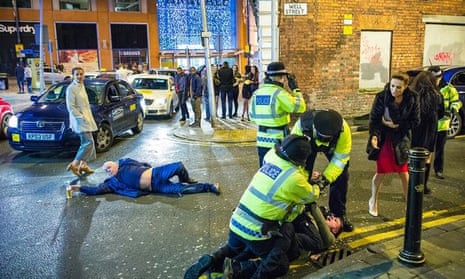Lecture 2: Society & Space
Social geographies
Identities
Geographical approaches to relationship between society and space
1. Social Geographies:
“Social geography examines the interrelationships between society, space, and place, analysing how societies are constituted and expressed through spatial patterns and processes.” - Williams & Dombroski, 2024, p726
I.e: Trafalgar Square
Trafalgar square being turned into an LGBT+ space, its origin being a place of British identity. LGBT+ parades take place at Trafalgar square every year. People may also associate the place differently because of time i.e: nighttime might cause fear etc.
2. Identities:
Self-Identified
Ascribed by others
Often have different dimensions e.g. gender, race, class, sexuality, nationality, religion, age, disability
Social Construction:
“[T]he idea that the social context and environment in which any individual is situated shapes their understandings of the world - and indeed the world’s understanding of them. […] Forms of identity are understood as categories that shift and change over space and time” (Dombrowski et al., 2024, p.1020)
For example age can be an example of social construction. For example: Different socities treat people differently because of their age. For example in Korea, respect for the elderly and those who are older than you. Also perceived view that children should not work despite millions of children doing child labour to support families etc.
Relational Approach to identity
“Viewing intergenerationality as an aspect of social identity suggests individuals’ and groups’ sense of themselves and others is partly based on generational difference or sameness” (Hopkins & Pain, 2007, p.288)
Intersectionality:
“[A]n analytical framework for understanding how different properties or processes combine with each other to create overlapping and strengthened modes of discrimination and privilege” (Dombroski et el., 2024 p.1014)
3. Approaches to the relationship between society & space
For example: Spatial order & the mapping of social characteristics
Concentric land model, bid rent theory etc.
However critiques of these models:
Based on western models of cities
Fixed categories and only made of things easily measured
Descriptive, - no analysis and no focus on the why
Does not highlight underlying processes and social justice
Approach 2: Society, space and power relations
E.g: Marxist theories: David Harvey
Feminist theories: Doreen Massey & Linda McDowell
Approach 3: The co-construction of society and space
“Socio-spatial dialectic”
“People create and modify spaces even as they are shaped and modified by those spaces” (Williams, 2024,p.740)
The Night-Time Economy:

Relationship between urban space & alcohol
Social norms & performance - For example
Exclusion & inclusion
Jayne et al. (2006) on alcohol and urban space